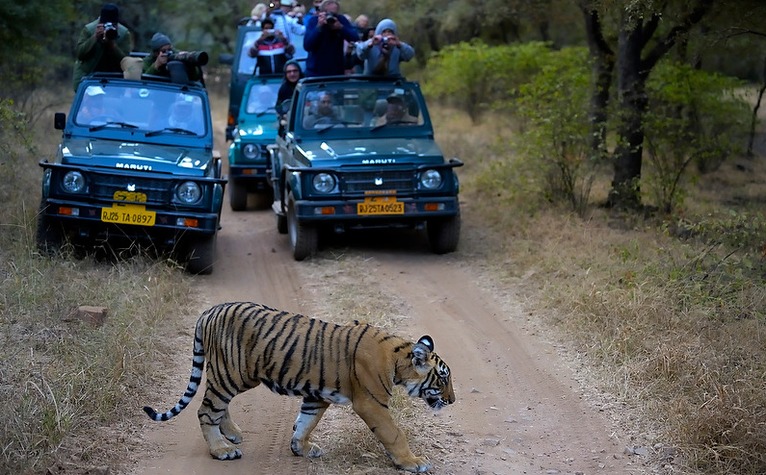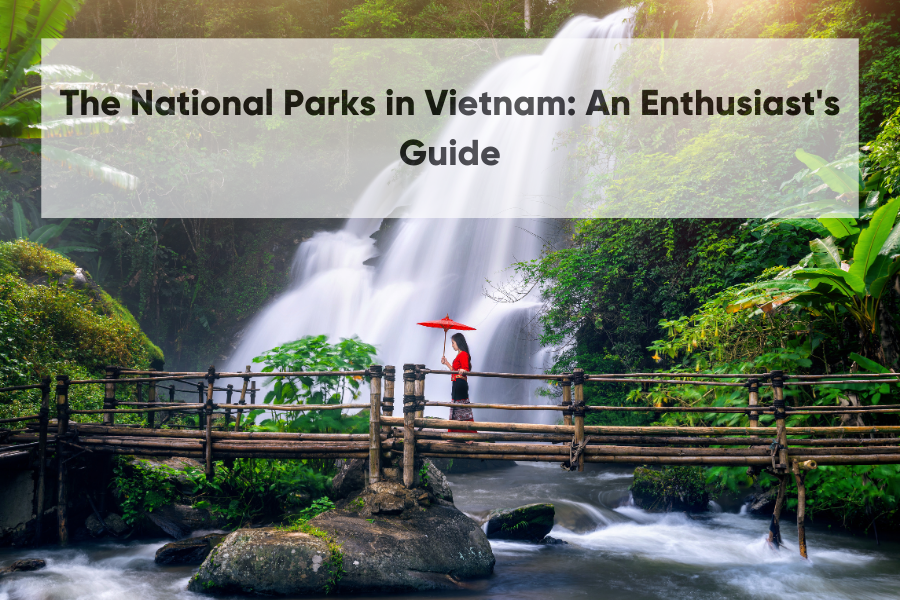Wildlife Photography in Ranthambore: Tips for Capturing the Best Shots

Ranthambore National Park is one of the best places in India to experience the thrill of wildlife photography. Known for its majestic tigers and rich biodiversity, it attracts photographers from around the world. Capturing perfect shots of animals in their natural habitat requires patience, skill, and a good understanding of the environment. Whether you are a beginner or a professional, these tips will help you make the most of your Ranthambore photography adventure.
Understand the Best Time for Photography
The best time to visit Ranthambore for wildlife photography is during the cooler months between October and March. During this period, the weather is pleasant, and animals are more active, making it easier to capture them in natural light. Early mornings and late afternoons are ideal for photography as the soft sunlight enhances the beauty of the surroundings and highlights the details of the animals. When planning your Ranthambore Safari Booking, ensure you choose these time slots for a better chance of spotting and photographing wildlife.
Choose the Right Equipment
For capturing the best wildlife shots, having the right equipment is essential. A DSLR or mirrorless camera with a good zoom lens, preferably 200mm or higher, is ideal for shooting animals from a distance without disturbing them. A tripod can help stabilize your camera, especially during low-light conditions in the early morning or late evening. Additionally, carrying extra batteries and memory cards ensures that you don’t miss any crucial moments while exploring the park.
Know Your Subject
Understanding animal behavior is key to capturing stunning wildlife shots. Spend some time observing the animals before clicking the shutter. Knowing when a tiger might approach a waterhole or when a bird is about to take flight can help you anticipate the perfect moment. Since Ranthambore is famous for its tiger population, being alert and attentive during your safari can greatly improve your chances of capturing a breathtaking shot. During your Ranthambore Safari Booking, opt for a guide who is knowledgeable about animal behavior for better insights.
Use the Right Camera Settings
Wildlife photography requires adjusting your camera settings according to the environment. Use a fast shutter speed to freeze motion and prevent blurring when animals move quickly. A shutter speed of 1/1000 or higher is generally recommended for capturing fast-moving wildlife. Adjust your ISO settings to compensate for low light, but keep it as low as possible to avoid noise. Using burst mode can also increase your chances of getting a sharp and well-composed shot.
Focus on Composition and Framing
A well-composed photograph stands out and tells a story. Use the rule of thirds to place your subject slightly off-center, creating a more balanced and visually appealing image. Try to include elements of the natural surroundings to provide context and depth to your photos. Framing your shot through foliage or capturing reflections in the water can add a creative touch to your wildlife images. Taking multiple shots from different angles can also help you choose the best composition later.
Be Patient and Stay Silent
Patience is a virtue in wildlife photography. Animals in Ranthambore move according to their natural instincts, and it may take time for them to appear or move into the perfect position for a shot. Staying quiet and maintaining a low profile increases your chances of observing natural behavior. Avoid making sudden movements or noises that could startle the animals. Your patience will be rewarded with authentic and captivating shots of wildlife.
Make Use of Natural Light
Lighting plays a crucial role in wildlife photography. The golden hours during sunrise and sunset provide soft, warm light that adds a magical glow to your photographs. Harsh midday light can create shadows and overexposed areas, making it challenging to capture details. If you find yourself photographing during harsh sunlight, try positioning yourself to use natural shadows to your advantage. Soft, diffused light often enhances the texture and colors of the animals and the landscape.
Capture Action and Emotions
Wildlife photography is not just about capturing still shots of animals. Action shots, such as a tiger leaping or a bird taking flight, add drama and excitement to your portfolio. Focus on capturing emotions and interactions among animals, which can tell powerful stories. Pay attention to the expressions and behavior of animals to capture unique and memorable moments.
Be Mindful of Safety and Ethics
While capturing the beauty of Ranthambore, it’s essential to prioritize safety and ethics. Always maintain a safe distance from animals and avoid disturbing them. Never try to feed or attract animals for the sake of a photograph. Follow the park rules and respect the natural habitat to ensure a safe and responsible wildlife photography experience. Ranthambore Jungle Safari encourages photographers to follow ethical practices to protect the environment and wildlife.
Plan Your Safari Wisely
To increase your chances of capturing amazing shots, plan your safari wisely. Choose the right zone in Ranthambore based on the wildlife you want to photograph. Different zones offer different opportunities for sightings. Booking a morning and an evening safari can give you diverse lighting conditions and increase your chances of photographing a variety of species. When opting for Ranthambore Safari Booking, consider choosing a gypsy for better flexibility and access to prime photography locations.
Edit and Enhance Your Photos
Post-processing is an essential step in wildlife photography. Use photo editing software to adjust brightness, contrast, and colors to bring out the best in your images. However, avoid over-editing, as it can take away the natural essence of the photograph. Simple enhancements can make a significant difference and help your pictures stand out while maintaining the authenticity of the scene.
Conclusion
Wildlife photography in Ranthambore offers an unforgettable experience for nature lovers and photographers alike. With the right equipment, knowledge, and patience, you can capture stunning shots that tell the story of the majestic creatures that call Ranthambore home. Plan your safari carefully, observe the environment, and stay committed to ethical practices to ensure a successful and rewarding photography journey. Ranthambore Jungle Safari provides a wonderful opportunity to explore and capture the breathtaking beauty of this wildlife haven.







